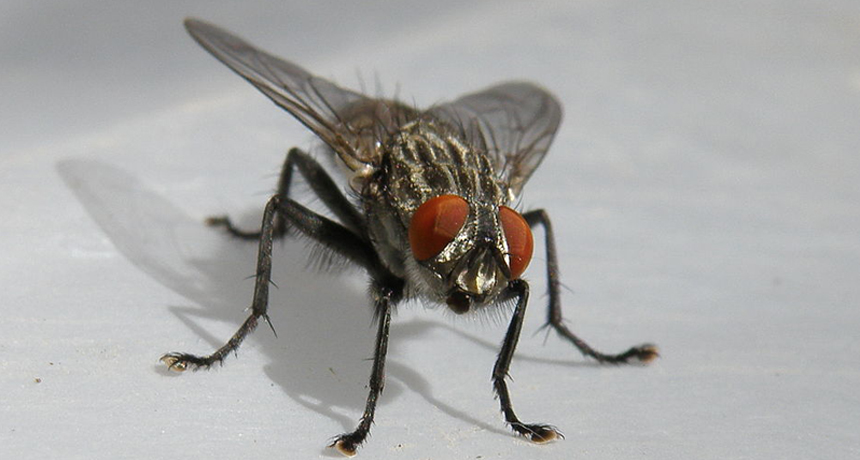House fly’s genome hints at detox genes

The genetic code of the house fly Musca domestica may include extra bits that give the insect an edge in smelling and tasting and also in decomposing waste.
Alexey Goral/Wikimedia Commons (CC BY-SA 3.0)

The genetic code of the house fly Musca domestica may include extra bits that give the insect an edge in smelling and tasting and also in decomposing waste.
Alexey Goral/Wikimedia Commons (CC BY-SA 3.0)